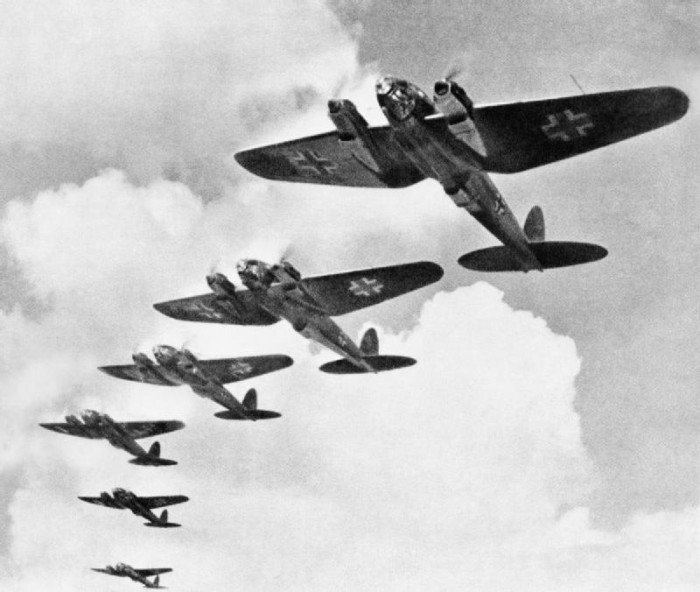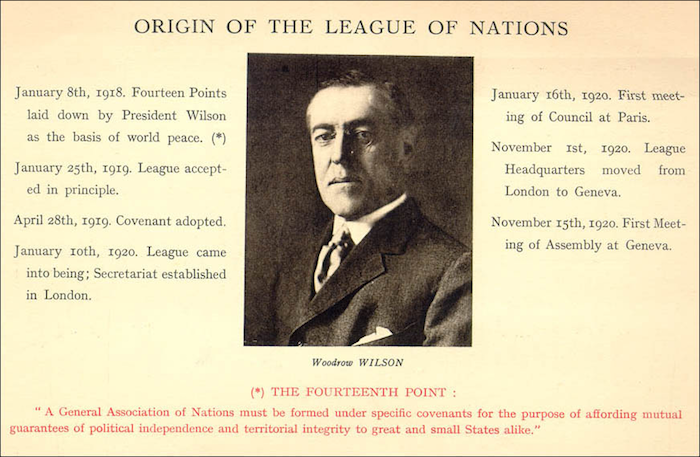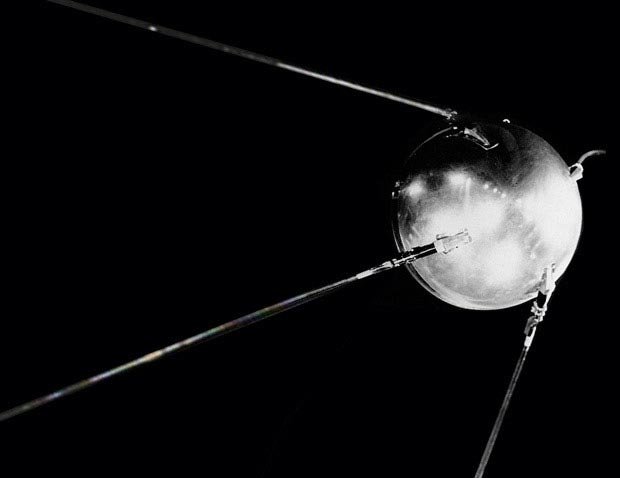And back again
In two weeks from today I’ll be leaving Armidale for good, and heading back to Melbourne, my hometown. It’s mostly for excellent personal reasons, but in part it’s also because of the usual early-career academic story of precarious employment. My colleagues at the University of New England have supported me as much they could, but […]




